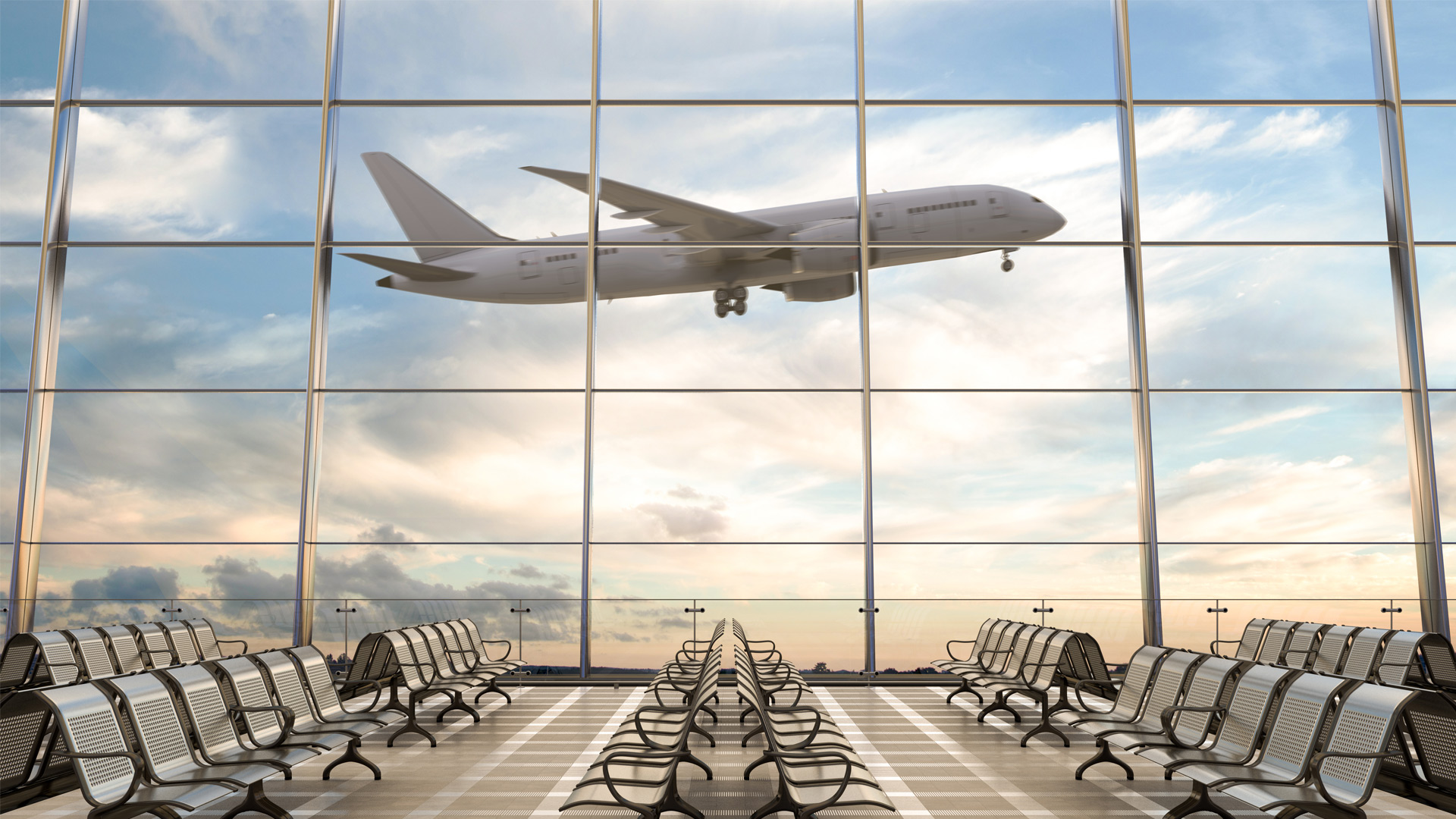Verizon and AT&T will not delay 5G C-Band rollout, rebuffing the DOT and FAA request

Verizon and AT&T are moving forward with their $70 billion dollar investment in the 5G C-band spectrum and their plans to launch the service on January 5.
In a strongly-worded letter from AT&T CEO John T. Stankey and Verizon CEO Hans Vestberg to U.S. Secretary of Transportation Pete Buttigieg and FAA Administrator Steve Dickson (obtained by The New York Times), the pair of carrier CEOs rejected the DOT and FAA’s request to pause the rollout by another two weeks.
The DOT and FAA made a last-minute request on December 31, citing concerns over the 5G C-Band spectrum’s potential to interfere with U.S. flight operations, specifically airplane altimeters.
Vestberg and Stankey contest those concerns in their letter, noting that “radio altimeters do not operate on, or anywhere near, the C – Band frequencies. Rather, they operate in a frequency band (4.2-4.4 GHz) that is separated by at least 400 megahertz from the C -Band frequencies (3.7-3.8 MHz) that AT& T and Verizon will begin using in 2022…”
The executives sound frustrated at the late notice and the alleged inaction by the FAA to press airlines on upgrading their altimeters to avoid spectrums “far removed from the 4.2-4.4 GHz altimeter band.”
At its core, though, the letter is a rejection of the DOT and FAA’s proposal:
“Agreeing to your proposal would not only be an unprecedented and unwarranted circumvention of the due process and checks and balances carefully crafted in the structure of our democracy, but an irresponsible abdication of the operating control required to deploy world-class and globally competitive communications networks that are every bit as essential to our country’s economic vitality, public safety and national interests as the airline.”
Verizon and AT&T are not, however, backing away from the mitigation measures it agreed to last November, which includes 5G C-Band exclusion zones, including those around airport runways.
We suspect that the DOT’s Buttigieg and FAA’s Dickson are crafting a response letter as you read this.
It’s unlikely that a response will arrive in time to get in front of AT&T and Verizon’s rollout efforts. While the concerns about 5G C-Band flight operations interference will likely persist into the launch, there’s no concrete proof that any 5G bands are impacting airplane and airport operations technology.
For consumers, the benefits of 5G feel more like unrealized promises. We now carry 5G phones but only rarely experience the life-altering speeds that were promised in the early days of the next-gen mobile band’s introduction.
5G C-Band, though, offers a fresh opportunity to deliver on some of these promises. Using a mid-range band once set aside for satellites, GPS and Wi-Fi, it works with fewer towers and a more direct connection to 5G devices. This might mean better reliability and, more importantly, higher speeds (more like the ones we were promised).
Of course, you still need 5G C-Band coverage in your area to experience this level of connectivity.
For all the latest Technology News Click Here
For the latest news and updates, follow us on Google News.

